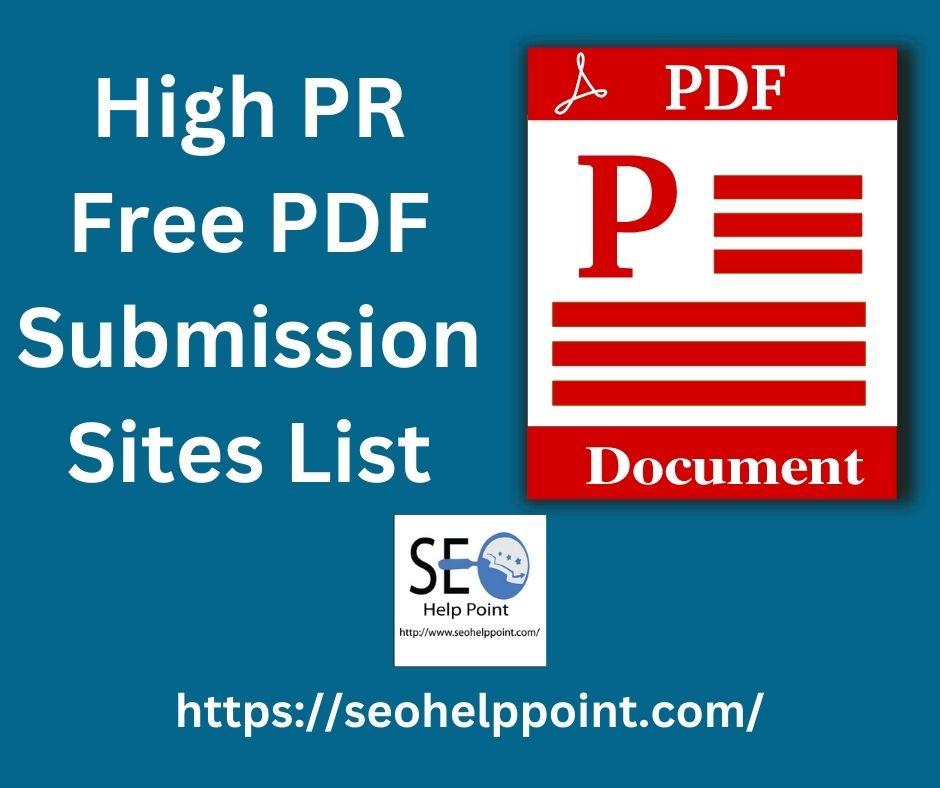Originally Published on: SpendEdge |Supply Chain Risk Management in Food and Beverage
Complexities in the Food and Beverage Industry
Establishing transparency in the food supply chain is a significant challenge, given the inherent complexities of the expansive food and beverage industry. This sector, characterized by diverse products, suppliers, processes, and regulations, presents obstacles to ensuring transparency and traceability throughout the supply chain. The intricate supply chains, involving multiple suppliers at different levels, create difficulties in tracking the origin, quality, and safety of all ingredients and components. Transparency is crucial for identifying vulnerabilities, meeting standards, and building consumer trust. It enables manufacturers to comply with regulations, uphold ethical practices, maintain quality, and effectively address consumer demands.
#FoodIndustryTransparency #SupplyChainChallenges
Procurement Predicaments in the Food and Beverage Industry
Supplier Diversity: The Challenge of Harmonization
Procuring ingredients in the food and beverage industry involves sourcing from a diverse range of suppliers, each with unique production methods, quality control measures, and technological sophistication levels. Harmonizing transparency practices across this diverse supply chain proves to be a challenging task.
Globalization and Supply Chain Length: Bridging Regulatory Gaps
Ingredients for the food industry often traverse international borders, subject to varying regulations, standards, and practices related to safety, labeling, and sourcing. Navigating these differences to ensure transparency across borders becomes a complex undertaking.
Complex Supply Chains: Navigating Multifaceted Processes
The food value chain comprises intricate stages such as farming, processing, packaging, transportation, and distribution. Each stage involves multiple actors, contributing to the complexity of traceability efforts in the supply chain.
Technology Adoption Hurdles: The Digital Divide
Some suppliers, especially smaller ones, may lack the technological infrastructure to provide real-time data about their processes. This technological gap hinders effective tracking and monitoring efforts.
Risk Management: The Imperative for Transparency
Transparency is pivotal for identifying and managing potential disruptions, such as raw material shortages, geopolitical issues, or transportation challenges. A lack of visibility in the supply chain makes it difficult to respond swiftly and effectively to mitigate such risks.
Consumer Expectations: The Call for Transparency
Consumers increasingly demand information about the origin and quality of the food they consume. Meeting these expectations requires detailed insights into the product journey, reinforcing the need for transparency.
#SupplyChainRiskManagement #ConsumerExpectations
SpendEdge's Role in Mitigating Supply Chain Risks
Supplier Evaluation and Risk Assessment
SpendEdge assists in identifying and evaluating suppliers across tiers, considering parameters such as production capability, service scope, quality certifications, regulatory compliance, and technological innovation. The platform tracks associated risks, empowering informed decision-making for resilient supply chains.
Comprehensive Supply Chain Risk Analysis
Critical for business resilience, SpendEdge conducts thorough supply chain risk analyses, identifying potential disruptions and vulnerabilities. By assessing risks across suppliers, logistics, transportation, production, and distribution, businesses can prioritize and address challenges promptly.
Optimizing Sourcing Strategies
SpendEdge aids in choosing optimal sourcing destinations by evaluating factors like quality, cost, reliability, infrastructure, labor, stability, trade agreements.





